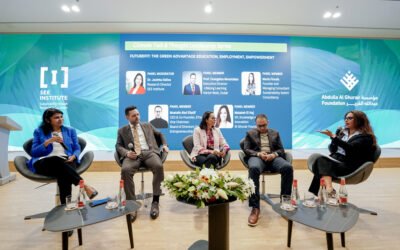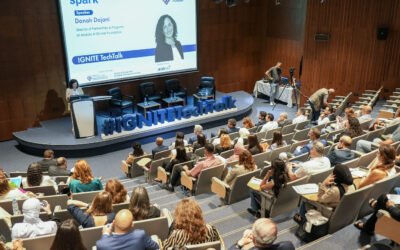Employment Trends, Challenges and Opportunities for Refugees in Jordan
Jordan is home to several refugee populations from the region, including Syrians, Palestinians, and Iraqis. Some estimates suggest that the number of Syrian refugees in Jordan is close to 1.4 million and over 2 million Palestinians, among whom around 600,000 have not been naturalized by the Jordanian government. With a total population of approximately 9.5 million, refugees now account for 20% of Jordan’s population, straining an already fragile economy where unemployment rates have been rising throughout the past years, from 13.1% in 2007 to more than 18.7% in 2018.
Employment restrictions coupled with key challenges to accessing quality education and training have resulted in over 57% of Syrian refugees over the age of 15 working in the informal sector. Refugee children and youth, in particular, are the most impacted by conflict and displacement, due to interruptions in their education and training opportunities.
The purpose of this report is to explore the employment regulations, trends, and prospects for refugees in Jordan, with a specific focus on Syrians and Palestinians. This study finds that these opportunities lie at the intersection between the legal and economic contexts within which refugees are able to work and where the labor market is growing, as well as the educational pathways refugees can access, and the skills employers are looking for.
Finally, the study identifies four opportunities for action that will support refugee youth in finding long-term, meaningful livelihood opportunities in and beyond Jordan. These include:
1. Formalizing the work status of refugees with previous work experience in in-demand occupations in the informal sector
2. Highlighting the growing occupations within the formal work permit process
3. Exploring legal opportunities for alternative forms of employment
4. Investing in necessary support structures for refugees
Lily Chan and Maureen Kantner, graduate students, NYU Wagner Graduate School of Public Service, New York University.
Download the Authors’ Reflection



